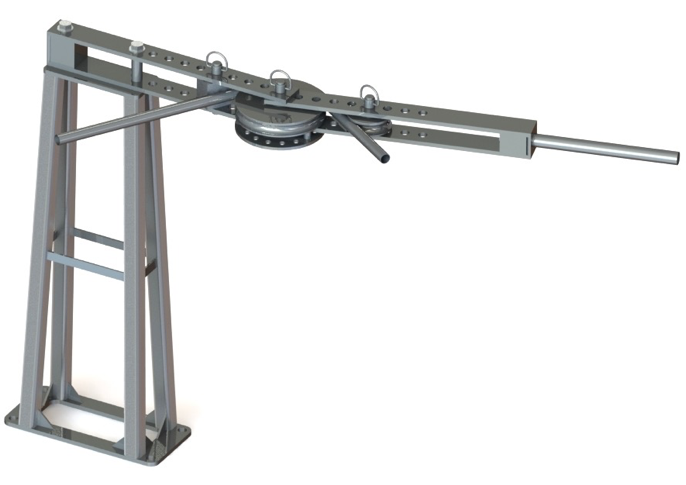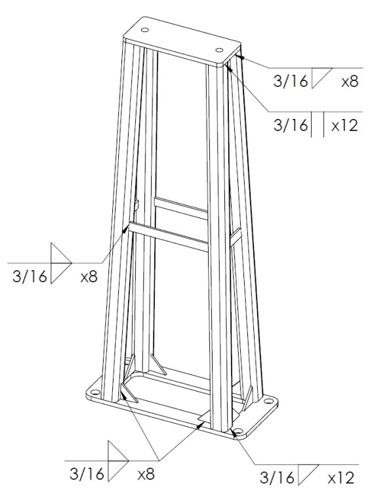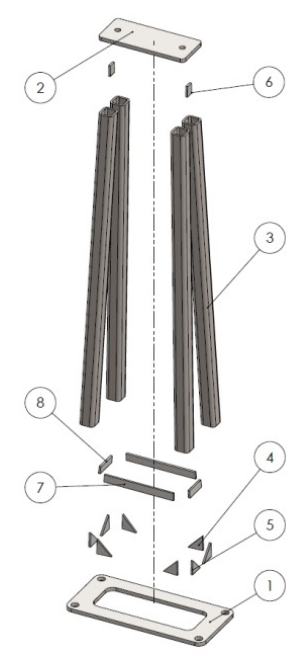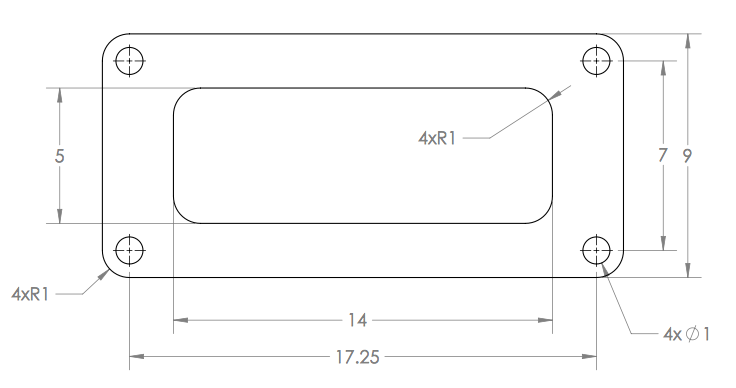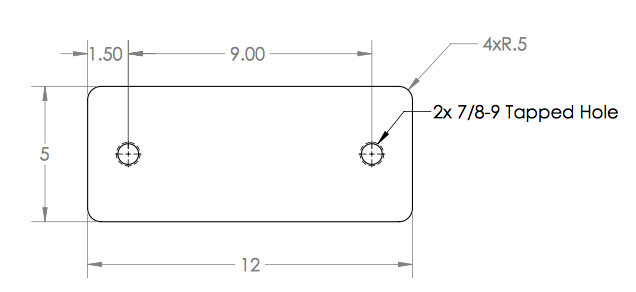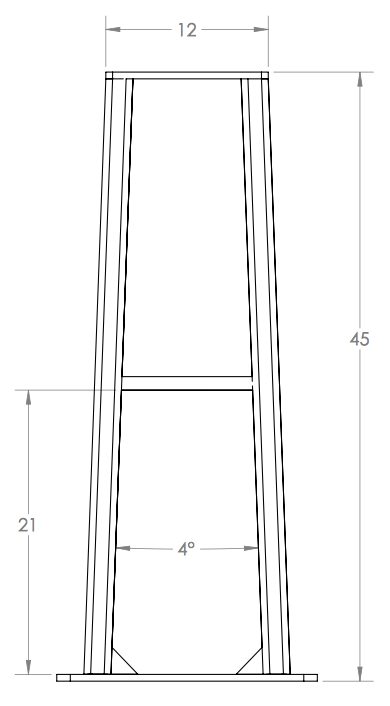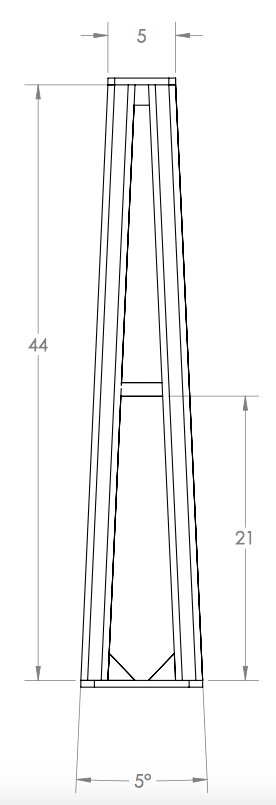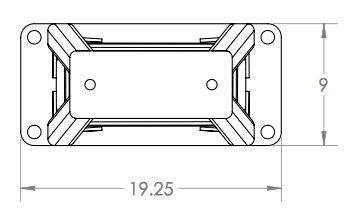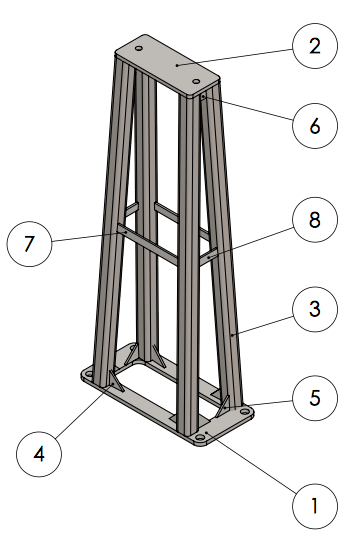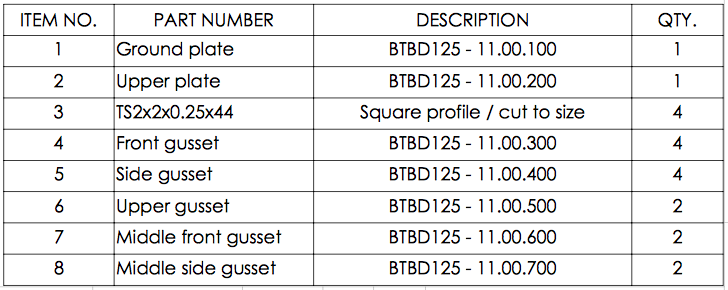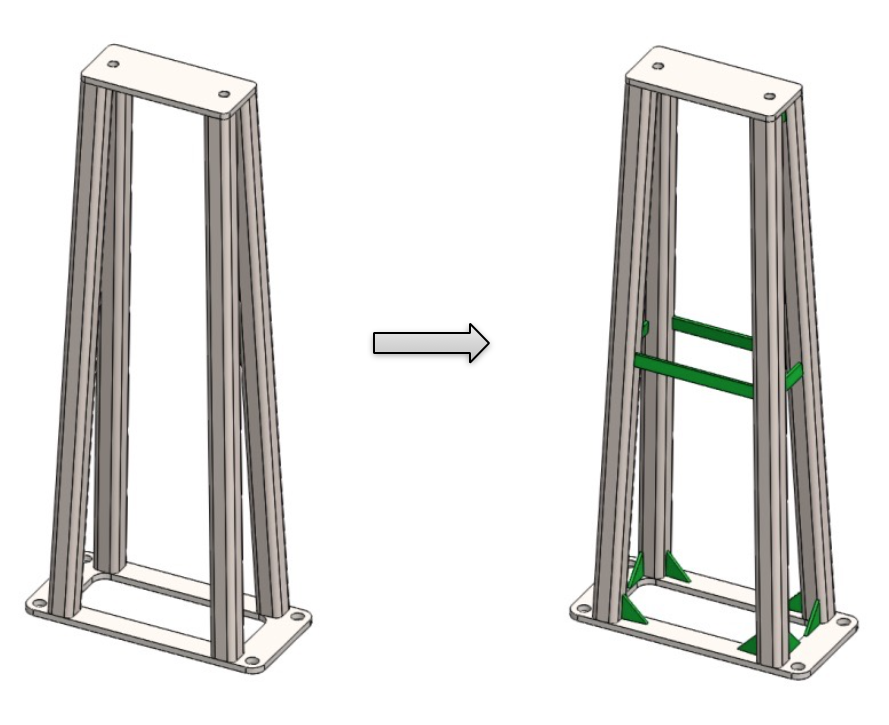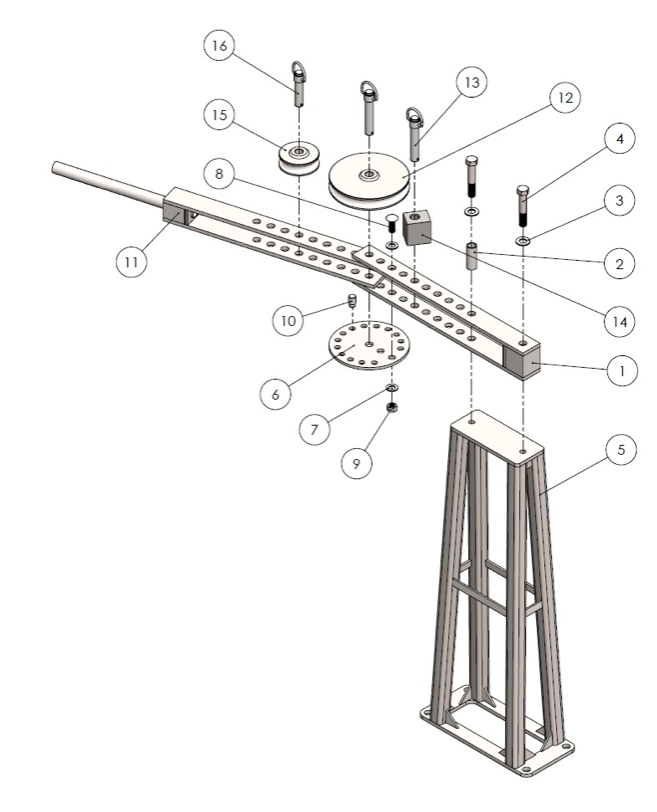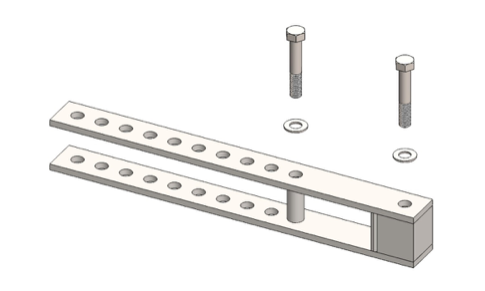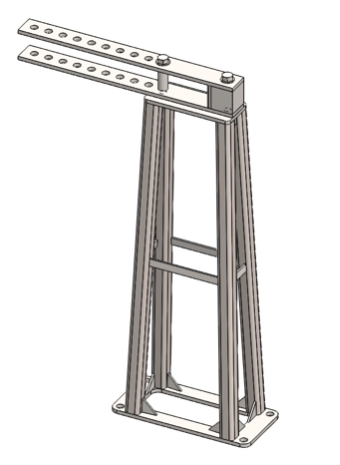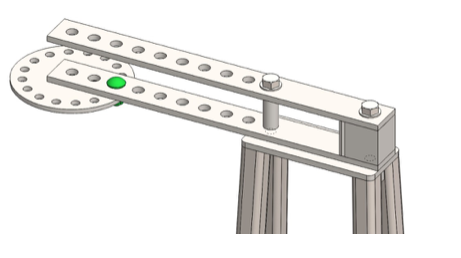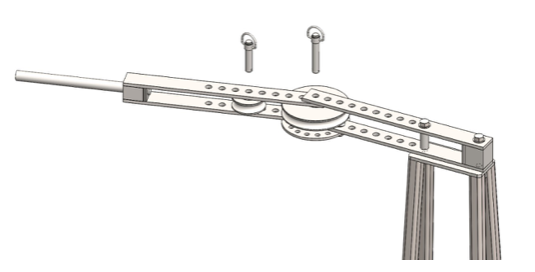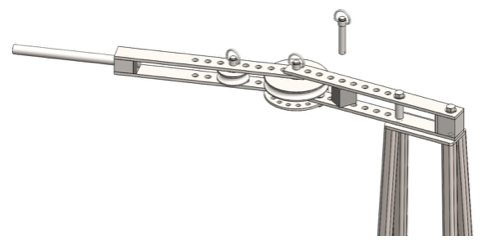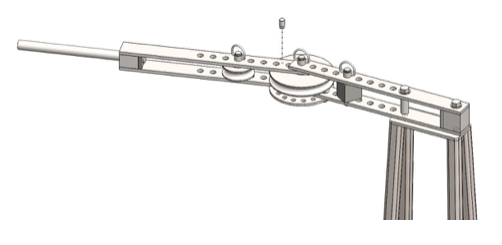Build Your Own Tubing Bender Stand!
This tubing bender stand tutorial goes hand in hand with the actual tubing bender build which is located here. But you can use this stand with other types of benders, with some minor modifications.
You may want to get the actual plans for the entire assembly here. Otherwise follow the simple directions and you'll have a nice stand for your bender.
DIY Tubing Bender Stand Assembly.
Parts:
- Ground plate (BTBD125 - 11.00.100).
- Upper plate (BTBD125 - 11.00.200).
- Square profile TS2x2x0.25x44.
- Front gusset (BTBD125 - 11.00.300).
- Side gusset (BTBD125 - 11.00.400).
- Upper gusset (BTBD125 - 11.00.500).
- Middle front gusset (BTBD125 - 11.00.600).
- Middle side gusset (BTBD125 - 11.00.700).
Step 1: Cut a 9x19’’ piece of 0.5’’ thick mild steel sheet. Machine according to drawing BTBD125 - 11.00.100 and drill the holes.
Step 2: Repeat Step 1 for the Upper plate. Observe drawing BTBD125 - 11.00.200.
Step 3: Cut four 46’’ long pieces of 2x2’’ square profile. Cut to size according to the drawing. Note the specific angles in both directions. They will provide the pyramidal shape of the stand.
Step 4: Place the Ground plate on a flat working surface. Assemble the prepared parts from previous steps observing the main assembly drawing BTBD125 - 11.00.000. Use welding fixtures to ensure the right angles and alignment of the parts. Tack weld them in place. Check alignments of the components.
Step 5: Cut the gussets from a 0.25’’ thick mild steel sheet. Observe the corresponding drawings. Tack weld the gussets to the frame.
Step 6: Check alignment again and complete the welds according to the welding plan (Fig. 3.1).
At this point you are done with the tubing bender stand. If you need help getting the bender onto the stand follow along below. The plans for the entire thing are going to be a better help but you can still do it without them, if you follow the directions below as well as with the main tubing bender fabrication tutorial here.
Bench Top Tubing Bender and Stand Assembly:
Assembling The Whole Bench Top Tubing Bender!
Parts:
- Fixed arm assy (BTBD125 - 01.00.000).
- Spacer (BTBD125 - 08.00.000).
- Washer FW 0.875.
- HBOLT (0.8750-9x5.75x2-S).
- Stand (BTBD125 - 11.00.000).
- Ring (BTBD125 - 06.00.000).
- Washer FW 0.75.
- RHBOLT 0.75-10x2x1.75-S.
- HNUT 0.7500-10-D-S.
- Pin (BTBD125 - 07.00.000).
- Pivoting arm assy (BTBD125 - 02.00.000).
- Die (BTBD125 - 04.00.000).
- Quick-release pin 5'' tall.
- Eccentric block (BTBD125 - 09.00.000).
- Guiding wheel (BTBD125 - 05.00.000).
- Quick-release pin 3.75'' tall.
Step 1: Place the Fixed arm assy (1) on a flat working surface and position the Spacer (2) concentric to the last hole as shown on the next picture. Thread the 0.875’’ bolts (4) through the Washers (3) and holes in the fixed arm.
Step 2: Attach the fixed arm to the Stand (5) using the bolts.
Step 3: Mount the Ring (6) to the bottom side of the Fixed arm using the Round head bolt (8), Washers (7) and Nut (9). See montage plan (Fig. 4.1).
Step 4: Cut a 2.5’’ piece of 10’’ round bar. Machine according to dimensions on drawing BTBD125 - 04.00.000. Position the last outer hole of the Pivoting arm (11) concentric to the outer hole of the Fixed arm (1) and Die (12). Lock with Quick-release pin (13) and mount the Guiding wheel (15) using the short Quick-release pin (16).
Step 5: Cut 3.5’’ long piece of 2.5x3’’ block. Machine to overall size and drill the hole according to drawing BTBD125 - 09.00.000. Mount the block using Quick-release pin (13).
Step 6: Use the pin (10) for setting the bending angle.
Nice work building your tubing bender stand!
Send us some pictures of your build if you don't mind. We love to see that people have accomplished something with our tutorials and plans.
Welding Plans:
New! Welding Table
New! Log Splitter
Top Projects:
